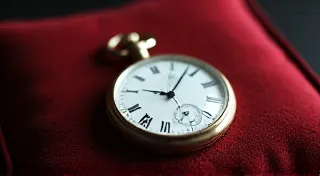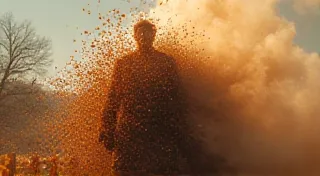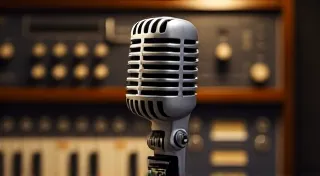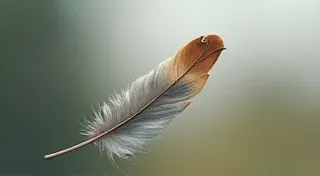The Ghost Writer's Legacy: Stories Imprinted on Forgotten Ribbons
There's a peculiar romance in holding a vintage typewriter ribbon. It’s not the sleek, modern allure of a digital device, but something deeper, imbued with the palpable weight of history. These faded, sometimes brittle, strips of inked fabric whisper of bygone eras, of writers long departed, of stories untold. They’re not just office supplies; they’re vessels of creativity, silent witnesses to countless hours spent wrestling with words, dreams, and deadlines. They’re the ghost writer's legacy.
Think of the hands that once held these ribbons. A young woman in the 1930s, diligently crafting letters to a sweetheart overseas, the ink bleeding slightly onto the paper as she fought back tears. A war correspondent in the trenches, capturing the stark realities of conflict, the ribbon a fragile lifeline to a world beyond the frontline. A struggling novelist in a cramped attic room, the rhythmic clatter of the keys a constant companion as they poured their heart onto the page. Each ribbon holds a potential narrative, a fragment of a life touched by the power of the written word. The simple act of preserving them feels almost reverential, a way of honoring those who came before.
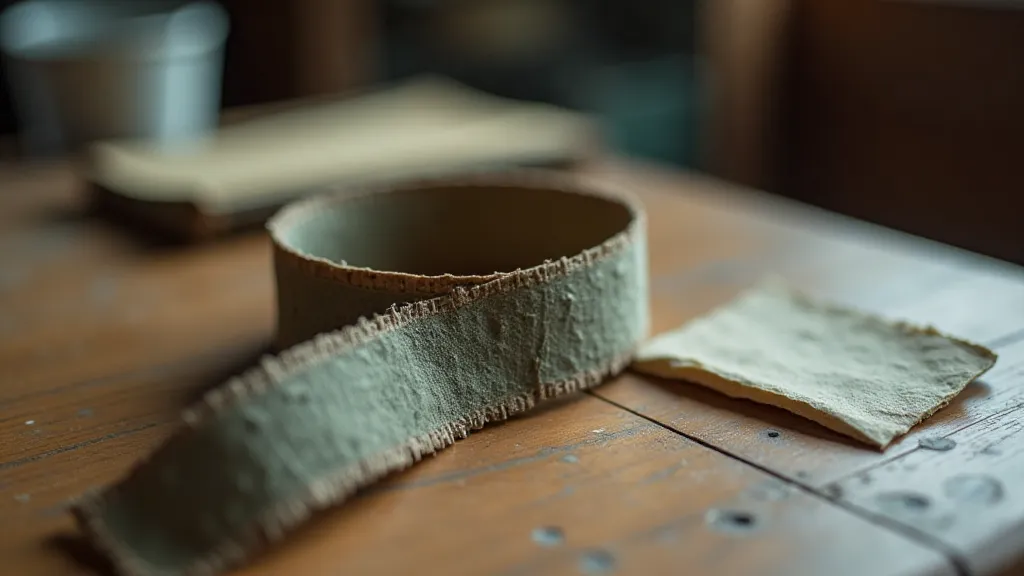
A Brief History: From Fabric to Function
The history of typewriter ribbons is intertwined with the evolution of the typewriter itself. Early typewriters, like the Sholes and Glidden, used silk ribbons that were painstakingly hand-painted. These were incredibly expensive, requiring a skilled artisan to apply the ink evenly. As typewriter technology advanced, so did the ribbons. The introduction of spooled ribbons made changing them much easier and reduced the cost significantly. The move from silk to nylon and eventually polyester further enhanced durability and performance. Different colors became available – black was standard for professional correspondence, but red, purple, and even blue ribbons added a touch of personality and were favored for creative endeavors or personal notes.
The sheer volume of ribbons produced throughout the 20th century is staggering. They were a staple of business and personal communication. Factories churned them out, each one destined for a specific machine and a specific purpose. Now, decades later, many of these ribbons have found their way into antique shops, flea markets, and the hands of collectors. Their value isn't always monetary; often, it’s the sentimental connection, the sense of history they evoke, that makes them so prized.
The Craftsmanship Within
Beyond the historical significance, there’s an undeniable beauty in the craftsmanship of vintage typewriter ribbons. Even with modern manufacturing processes, there’s something lost in the mass-produced uniformity of today's ribbons. The older ones often have a unique character – slight variations in ink density, subtle patterns woven into the fabric, even the way they’re spooled onto the reels can tell a story. Observing the quality of the fabric itself reveals a level of detail rarely seen today. The density of the weave, the sheen of the silk (on older ribbons), and the overall feel of the ribbon in your hands are all testaments to the skill of the people who made them.
Restoring these ribbons isn’t just about cleaning them; it’s about appreciating the artistry that went into their creation. It's a delicate process, often requiring specialized cleaning solutions and careful handling to avoid damage. While complete restoration to original condition can be challenging – or even undesirable, as some collectors prefer the aged patina – careful preservation can significantly extend their lifespan and allow future generations to experience their unique charm.
Imagining the Stories
What narratives are embedded within these faded ribbons? It's a game of imaginative archaeology, piecing together fragments of the past. Perhaps a playwright, hunched over a Remington, drafting a groundbreaking play that would challenge societal norms. Or a detective, painstakingly typing up a case file, the ink smudging slightly as they worked late into the night. Maybe a young girl, writing her first poem, the ribbon a symbol of her burgeoning creativity.
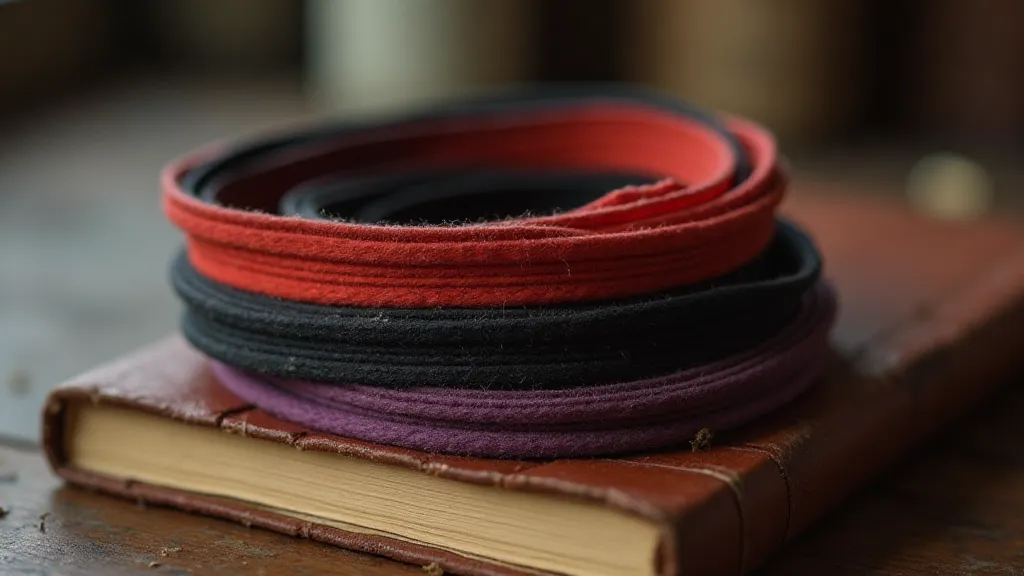
The possibilities are endless. It's a poignant reminder that every object has a story to tell, and that even the most seemingly insignificant items can hold profound meaning. Collecting vintage typewriter ribbons isn't just about acquiring objects; it's about connecting with the past, about honoring the legacy of those who came before, and about celebrating the enduring power of the written word. It's about becoming a curator of untold stories, a keeper of the ghost writer's legacy.
Beyond Collection: Preservation and Inspiration
While some collectors focus solely on acquiring pristine examples, others are more interested in preserving ribbons in their current condition, embracing the marks of time and use as evidence of their history. Even damaged ribbons can offer valuable insights into the past. A ribbon with a tear might suggest a moment of frustration, a sudden interruption in the writing process. A ribbon with faded ink could speak to the years that have passed since it was last used.
Moreover, these old ribbons can serve as a source of artistic inspiration. Their textures, colors, and patterns can be incorporated into mixed media artwork, textile designs, or even jewelry making. The very act of handling them can spark creativity and unlock new ideas. They are a tangible link to a time when writing was a more deliberate, more tactile experience, and their presence can remind us to slow down, to appreciate the process, and to find beauty in the imperfections.
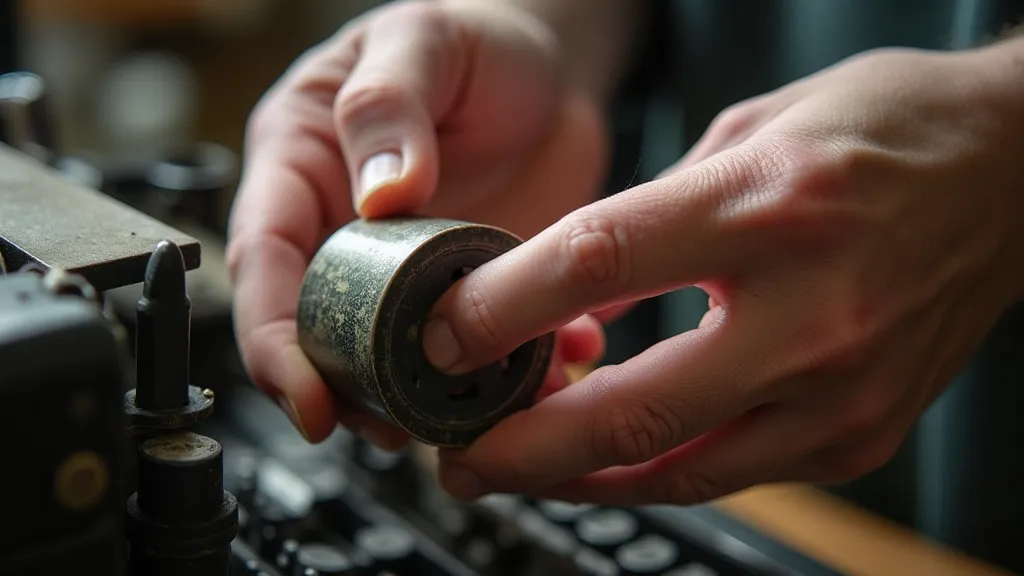
The ghost writer’s legacy lives on, not just in the stories that were written, but also in the fragments of fabric that remain – the faded ribbons, the silent witnesses to creativity, the tangible links to a bygone era. They are a reminder that even the smallest objects can hold the greatest stories, and that by preserving them, we preserve a piece of our collective past.
